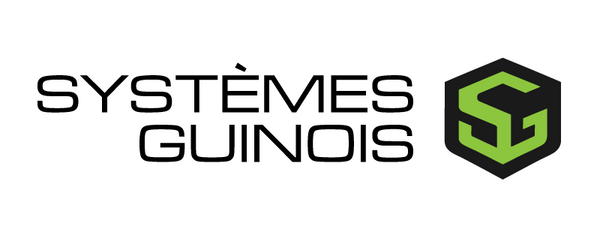Some of the most crucial studio tools are the ones you rarely think about, until they cause problems. In a refreshingly honest review on his YouTube channel Recording Studio Loser, Jeremy shares why the Triad-Orbit I/O system has become one of the most valuable parts of his workflow.
This isn’t a paid review. Triad-Orbit had no idea the video was being made. It’s just a working engineer sharing his firsthand experience with gear that works under pressure.
No More Slipping Stands
Jeremy opens with a common frustration: mic stands that drift or collapse at the worst possible moment. These issues can mess with mic placement, disrupt recordings, or worse, damage expensive microphones.
In his words, the Triad-Orbit stands “just don’t break.” After years of regular use in a high-traffic studio, not one has needed to be replaced. That kind of reliability is rare in gear that’s constantly being set up, adjusted, and torn down.
Quick-Release That Speeds Everything Up
At the center of the Triad-Orbit system is the I/O quick-release mechanism, and Jeremy calls it a major upgrade for day-to-day work. By outfitting his microphones with quick-release adapters, he can switch microphones within seconds.
The result? Faster setups and more experimentation during sessions. Trying different mic options becomes simple, which makes it easier to find the right sound quickly without slowing down the creative process.
Flexible, Modular, Studio-Ready
Jeremy walks viewers through the wide range of Triad-Orbit components he uses across his studio:
- The medium stand with O2 attachment serves as his go-to overhead rig, allowing flexible stereo configurations and consistent placement.
- A short stand with an O2XY head handles snare mics, giving him the range and stability needed for quick snare swaps mid-session.
- His YouTube production rig is a mobile station mounted on a Triad-Orbit base, complete with lighting, mic, screen, and camera, all ready to roll around the studio.
- Wall-mounted and ceiling-mounted speakers in his new Atmos mix room rely on Triad-Orbit’s pole mounts and speaker brackets, offering secure and adjustable placement.
Even where Jeremy doesn’t use full Triad-Orbit kits, he integrates other hardware using clamps and retrofit adapters, showing how the system works with existing gear.
Final Thoughts: Reliable, Adaptable, Built to Last
Jeremy calls the Triad-Orbit system “overbuilt in the best way possible.” It’s not just rugged, it’s smart, adaptable, and built for real-world studio demands. From saving time to protecting gear, it’s clear why this system has become a core part of his workflow.
For those who want stands and mounts that are dependable, modular, and efficient, Triad-Orbit delivers.
Watch the video HERE.

